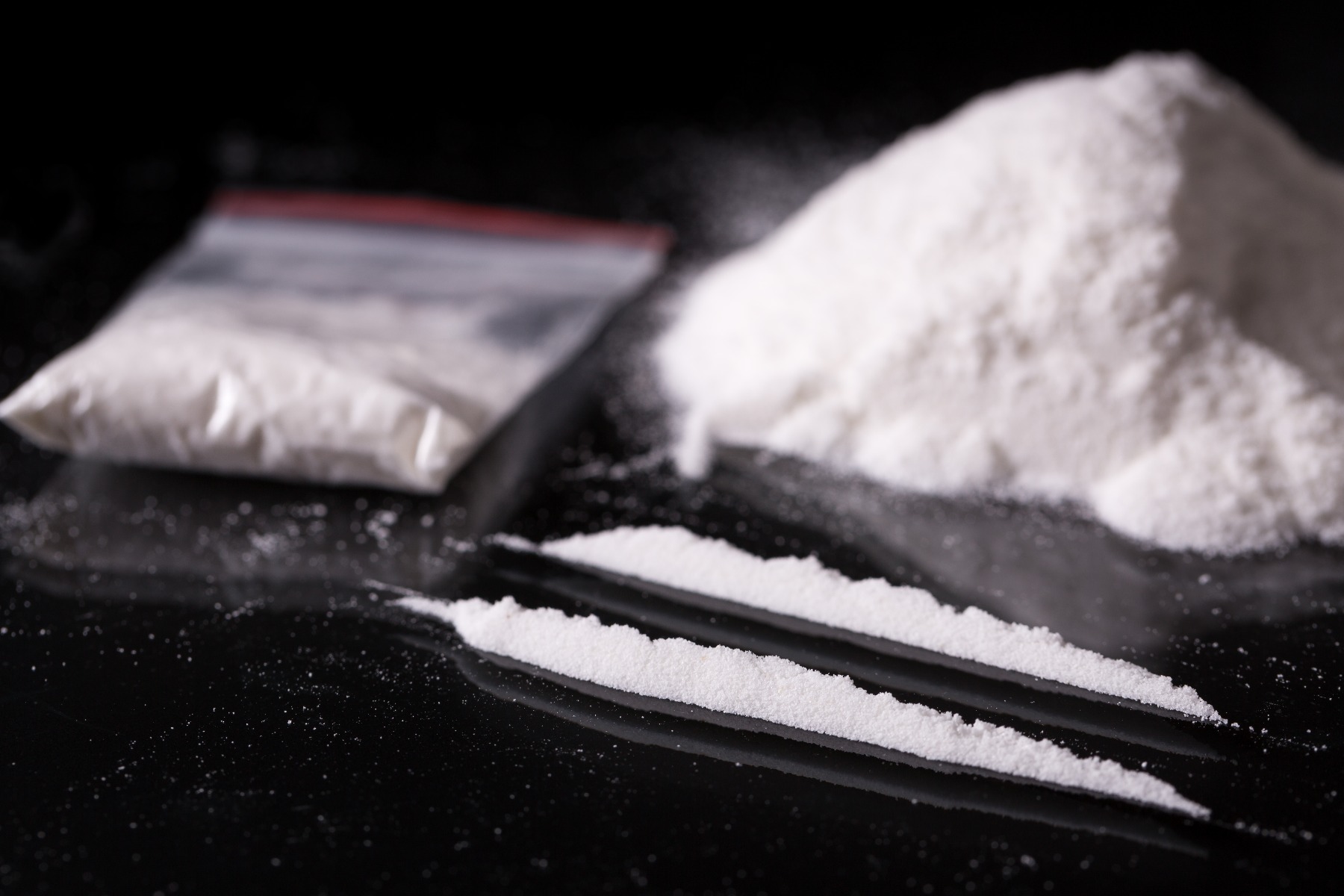Cocaine
Cocaine is a stimulant drug
What does it look like?
Cocaine hydrochloride: a white, crystalline powder with a bitter, numbing taste.
It is often mixed, or ‘cut’, with other substances such as lactose and glucose, to dilute it before being sold.
Freebase: a white powder that is purer with less impurity than cocaine hydrochloride.
Crack: crystals ranging in colour from white or cream to transparent with a pink or yellow hue, it may contain impurities.
Slang names C, coke, nose candy, snow, white lady, toot, Charlie, blow, white dust or stardust.

How is it used?
Cocaine hydrochloride is most commonly snorted. It can also be injected, rubbed into the gums, added to drinks or food. Freebase and crack cocaine are usually smoked.
Visible signs of potential use of cocaine:
-
Happiness and confidence
-
Talking more
-
Feeling energetic and alert
-
Quiet contemplation and rapture
-
Feeling physically strong, mentally sharp
-
Reduced appetite or dry mouth
-
Enlarged (dilated) pupils
-
Faster heartbeat and breathing (after initial slowing)
-
Higher body temperature
-
Unpredictable, violent or aggressive behaviour
-
Indifference to pain
-
Nausea and vomiting
-
Extreme anxiety or panic
-
Chest pain
-
Extreme agitation and paranoia
-
Hallucinations
-
Tremors
-
Breathing irregularities
-
Seizures or Stroke
Please note the effects listed in this information do not automatically indicate that a person is under the influence of illicit drugs. This is only a guide to the possibility.

